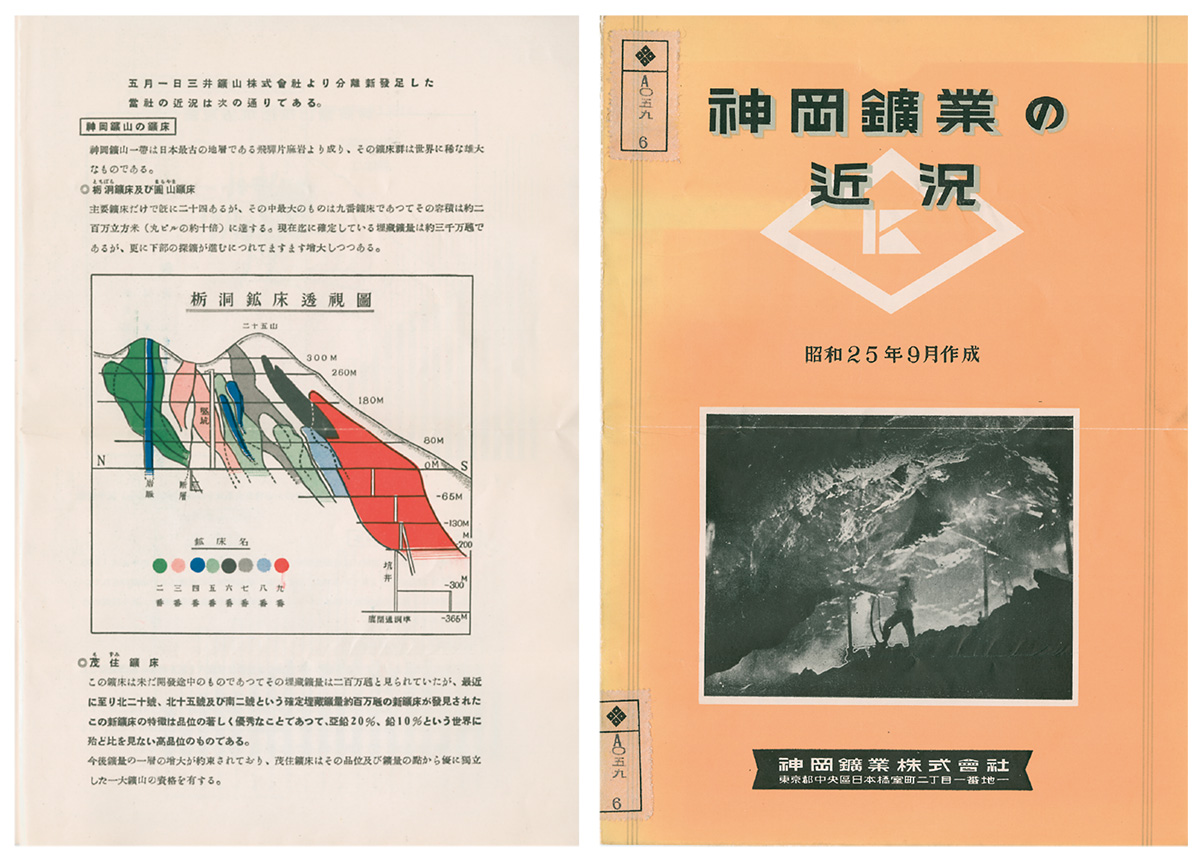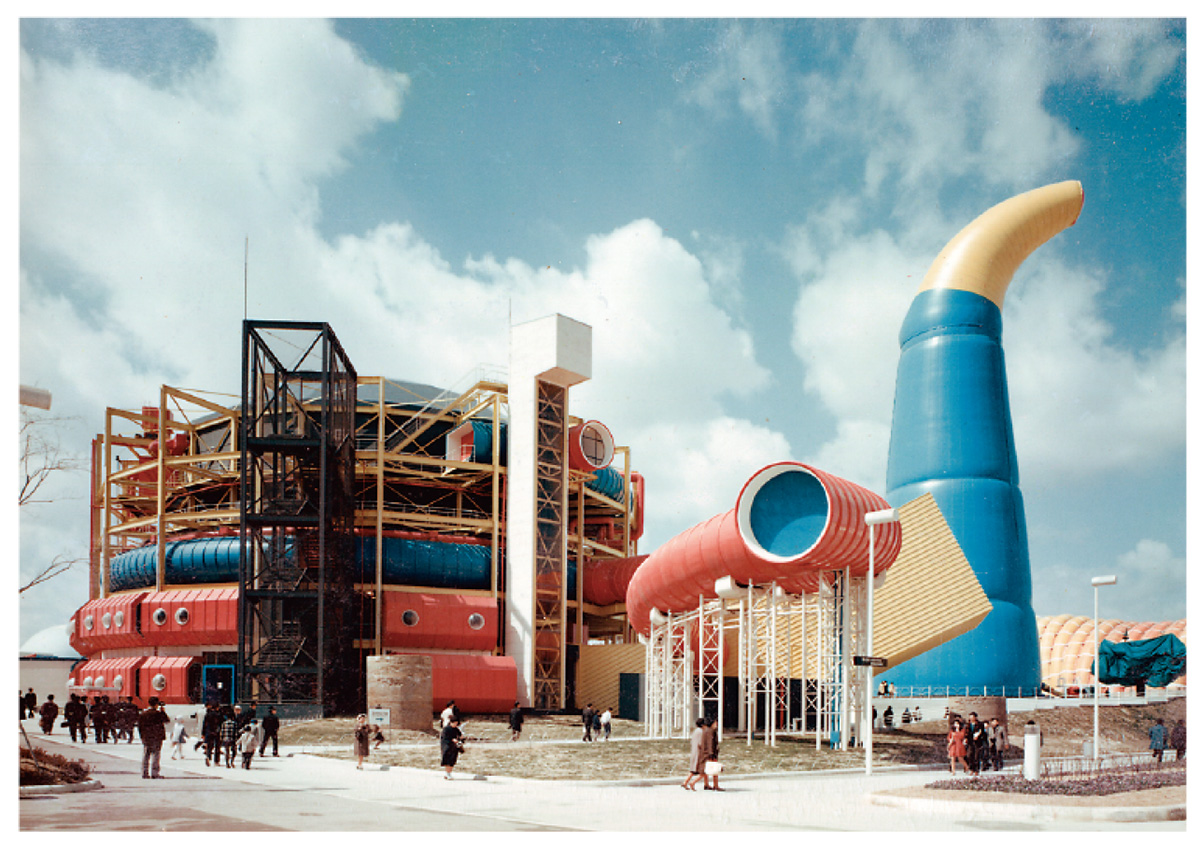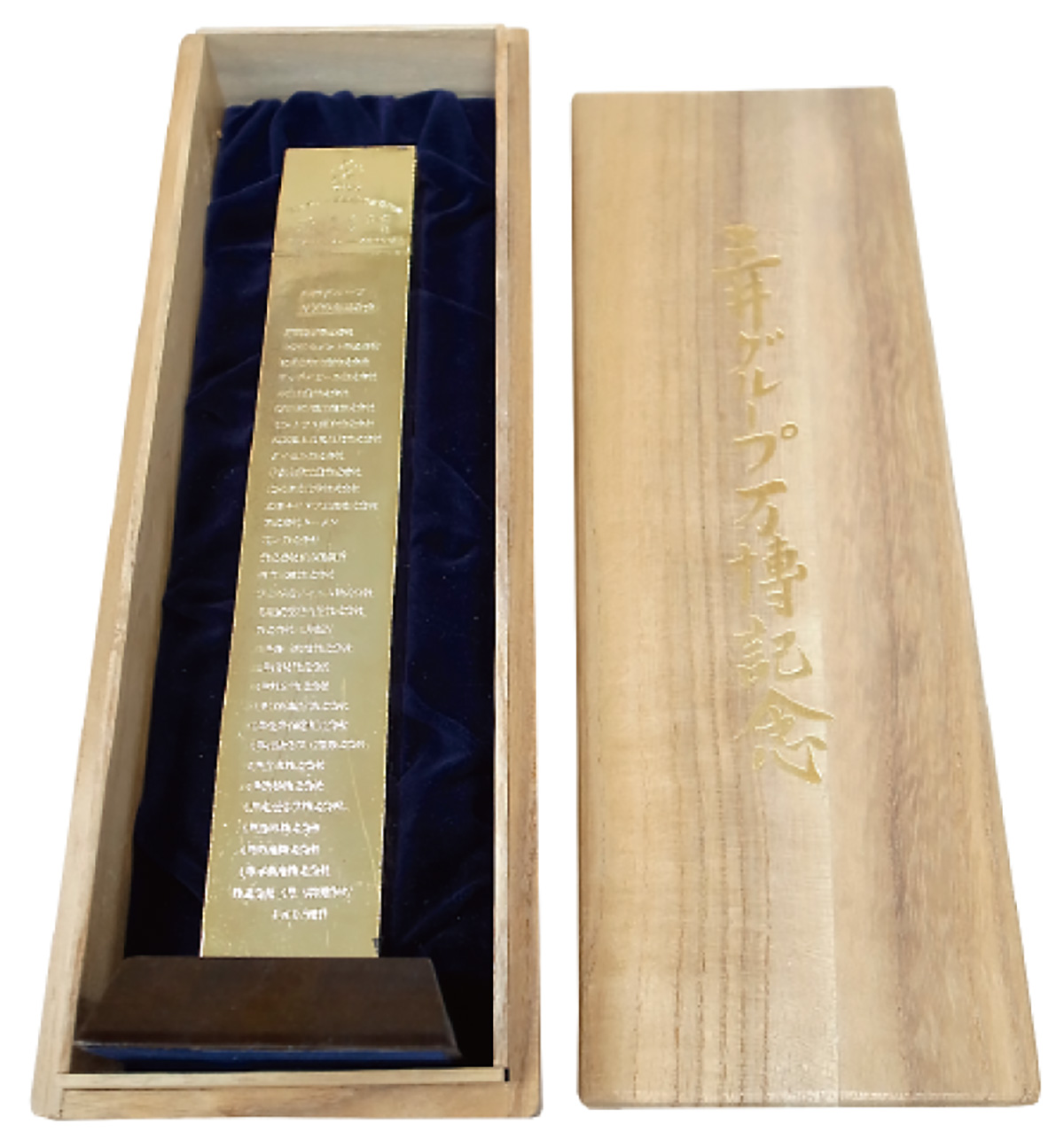50 From Defeat to Reconstruction: Reunion of the Mitsui Group

Postwar Restart
After the war, Japanese companies restarted under harsh conditions, including the destruction of factories from air raids, the loss of ships, the disappearance of overseas assets, and the purge of former executives from the business world. Wartime reparations also ceased, prompting many companies to seek paths to reconstruction under the Enterprise Reconstruction and Reorganization Law. In the case of Mitsui-affiliated companies, they pursued reconstruction efforts under new circumstances, their parent company-Mitsui Honsha-having been dissolved.
Dissolution of Mitsui Bussan
Among these challenges, the harshest situation was faced by Mitsui Bussan. The GHQ not only pursued the dismantling of zaibatsu head offices and holding companies (→49), but also moved forward with the dismantling of companies it deemed monopolistic. As a precedent, Mitsui Bussan and Mitsubishi Shoji were subjected to rigorous measures. In July 1947, both companies were ordered by the GHQ to immediately disband. Employees of both companies at the branch manager level and above were prohibited from jointly establishing new companies, and strict restrictions were imposed on working for the same company (whether new or existing). As a result, former Mitsui Bussan employees were forced to establish around 200 companies, while former employees of Mitsubishi Shoji set up more than 100 as well. Through a major consolidation centered around companies such as Daiichi Bussan, which was formed during this process, the current Mitsui & Co., with a different legal entity from the disbanded company, was established in 1959.
Splitting up Major Corporations
Intent on achieving free competition, in April 1947 the GHQ promulgated the Act on Prohibition of Private Monopolization and Maintenance of Fair Trade, initiating the split-up of major monopolistic companies. In December of that year, the Act for the Elimination of Excessive Concentration of Economic Power was established, and the Holding Company Liquidation Commission (→49) designated 325 domestic firms as “monopolistic companies,” targeting them to be split up. These 325 companies included major firms in a variety of sectors, raising concerns about the significant impact this move would have. That said, amidst subsequent shifts in occupation policy, the number of targeted companies was significantly reduced. Ultimately, a total of 18 companies, including Japan Iron & Steel and Mitsubishi Heavy Industries, were subjected to the elimination act. For example, Japan Iron & Steel was broken up into Fuji Iron & Steel, Yawata Iron & Steel and two other companies, while Dai Nippon Brewery was split up into Nippon Brewery (now Sapporo Beer) and Asahi Breweries (now Asahi Beer). Among Mitsui-affiliated companies, Mitsui Mining was also subject to the act.
The Issue of Prohibition on Use of Trade Names and Trademarks
Amidst progress in the dismantling of the zaibatsu and corporate reorganization measures, in 1949 the Holding Company Liquidation Commission, under GHQ instructions, directed Mitsui, Mitsubishi, and Sumitomo companies to prohibit the use of former zaibatsu trade names, trademarks, and corporate emblems. In January of the following year, two other government ordinances were promulgated, mandating the abolishment of the zaibatsu trade names, trademarks, and corporate emblems of Mitsui, Mitsubishi, and Sumitomo by June 30 of that year. Leaders of Mitsui-affiliated companies, including Edo Hideo of Mitsui Fudosan, collaborated with Sumitomo and Mitsubishi to lobby for either the cancellation or postponement of the prohibition. As a result, implementation of the ordinances was postponed, and in 1952, following the conclusion of peace treaty, the ordinances were abolished, resolving the issue.
In response, the zaibatsu-affiliated companies that had already changed their names began restoring their original trade names. Within the Mitsui group, in 1952 Toyo Seiki changed its trade name to Mitsui Seiki Kogyo; Tokyo Trust & Banking became Mitsui Trust and Banking; Sanken Industry became Mitsui Construction; Nitto Norin became Mitsui Norin; Chuo Mutual Life Insurance became Mitsui Life Insurance, and Kamioka Mining and Smelting (→Fig. 50a) became Mitsui Mining & Smelting. Two years later, Teikoku Bank was renamed Mitsui Bank, completing the series of trade name restorations for the major Mitsui group companies.
Reunion of the Mitsui Group
In 1950, the Getsuyo-kai, a social gathering for managing directors and above of former Mitsui-affiliated companies, was established. It is said that issues surrounding the prohibition of corporate names and trademarks provided the impetus for promoting Group unity. As Japan’s economy achieved its remarkable recovery, the launch of the current Mitsui & Co. served as a catalyst for the formation of the Mitsui Group’s presidents’ council, the Nimoku-kai in 1961. During this period of rapid economic growth, Mitsui Group companies made significant progress, focusing their efforts on joint Group businesses. In 1970 at the Japan World Exposition (Osaka Expo ’70), the first of its kind held in Asia, 32 companies of the Mitsui Group exhibited at the Mitsui Group Pavilion (→Fig. 50b), themed “Creative Paradise,” demonstrating the reunion of the Mitsui Group to both domestic and international audiences (→Fig. 50c).

Among Mitsui-affiliated companies, Mitsui Mining became subject to the Act for the Elimination of Excessive Concentration of Economic Power. The company received an order to separate its coal and metals divisions, and on May 1, 1950, the metals division was split off. In compliance with the GHQ policy prohibiting the use of former zaibatsu trade names, trademarks, and company emblems, the newly separated company was not allowed to bear the Mitsui name, and was instead renamed Kamioka Mining and Smelting Co., Ltd. Shown here is a company pamphlet issued shortly after the company’s establishment. In 1952, Kamioka Mining and Smelting changed its name to Mitsui Mining & Smelting, which remains its name to this day.

Responsibility for the pavilion’s architecture, planning, and production was entrusted to artist and chief producer Yamaguchi Katsuhiro. In the center of the pavilion’s dome (40 meters in diameter and about 30 meters tall) stood a symbolic tower reaching 50 meters in height.

